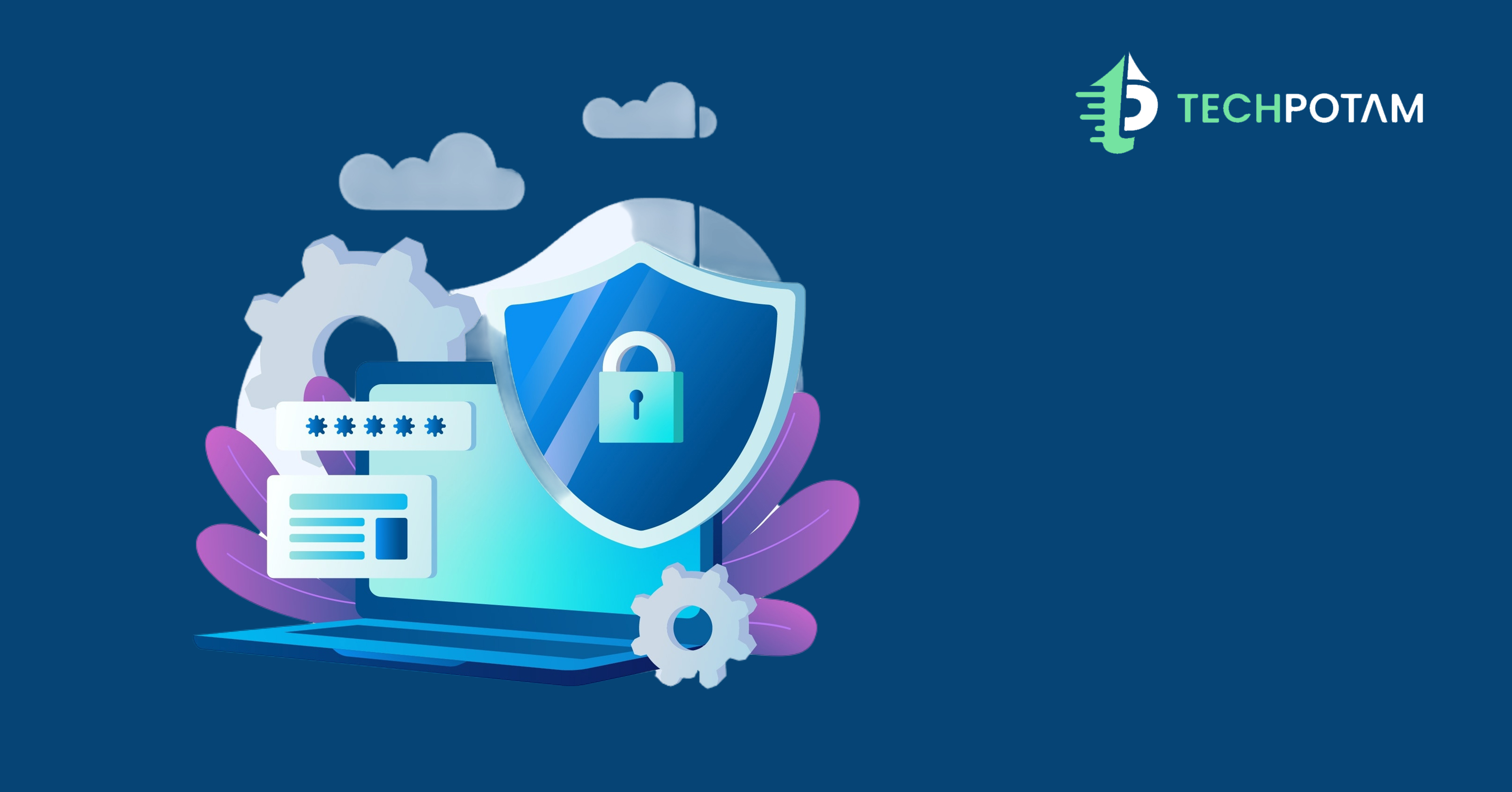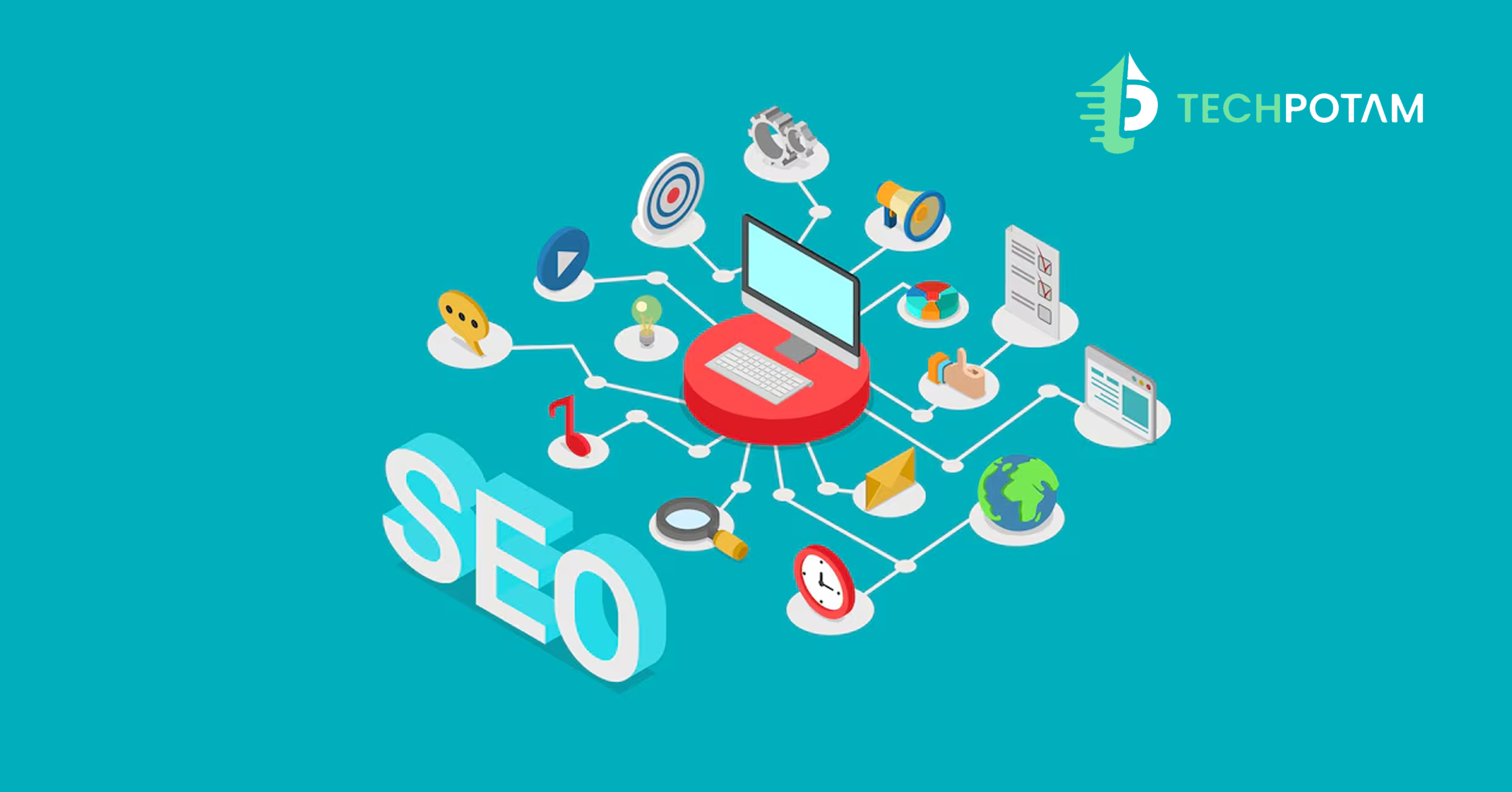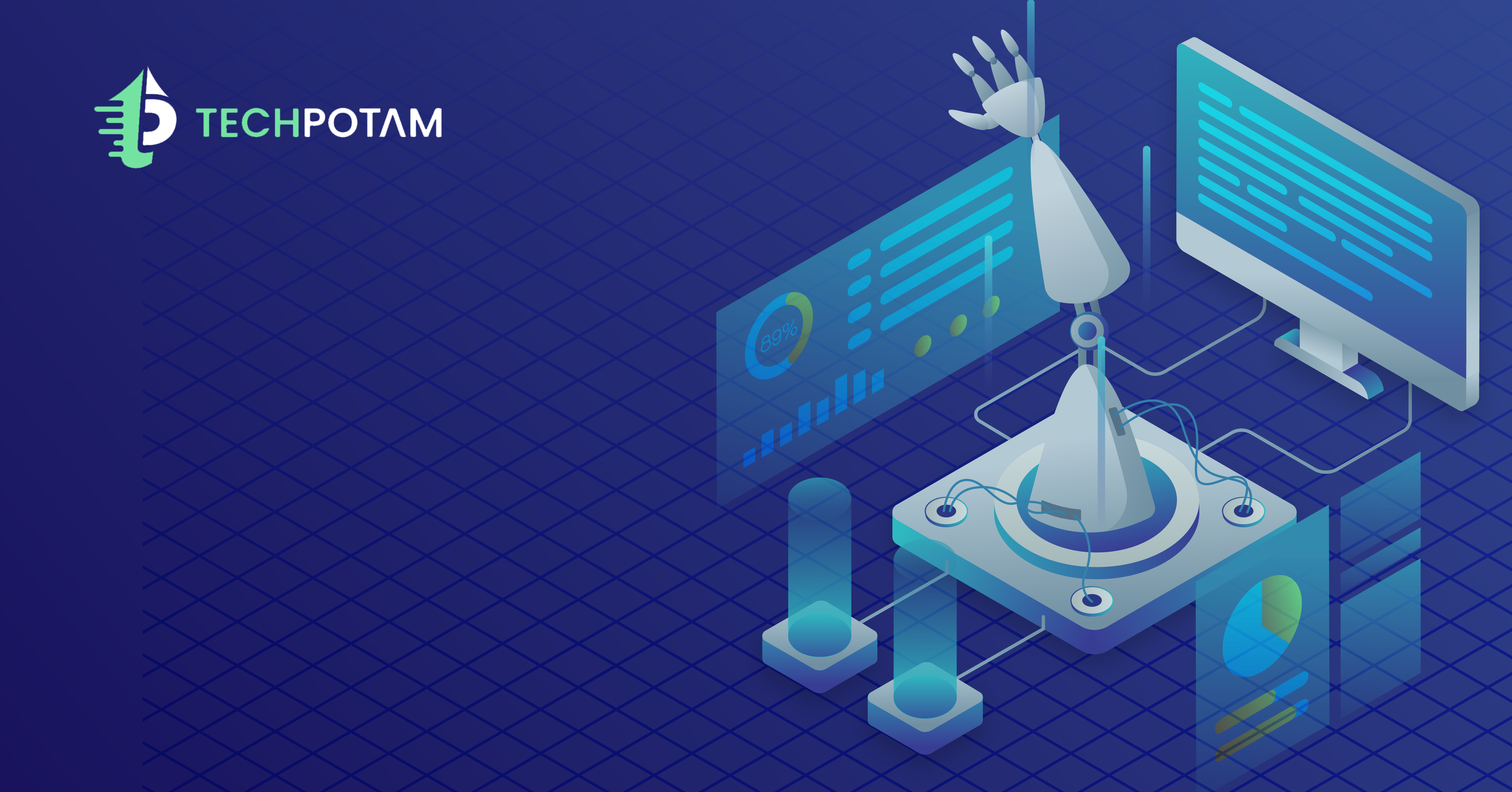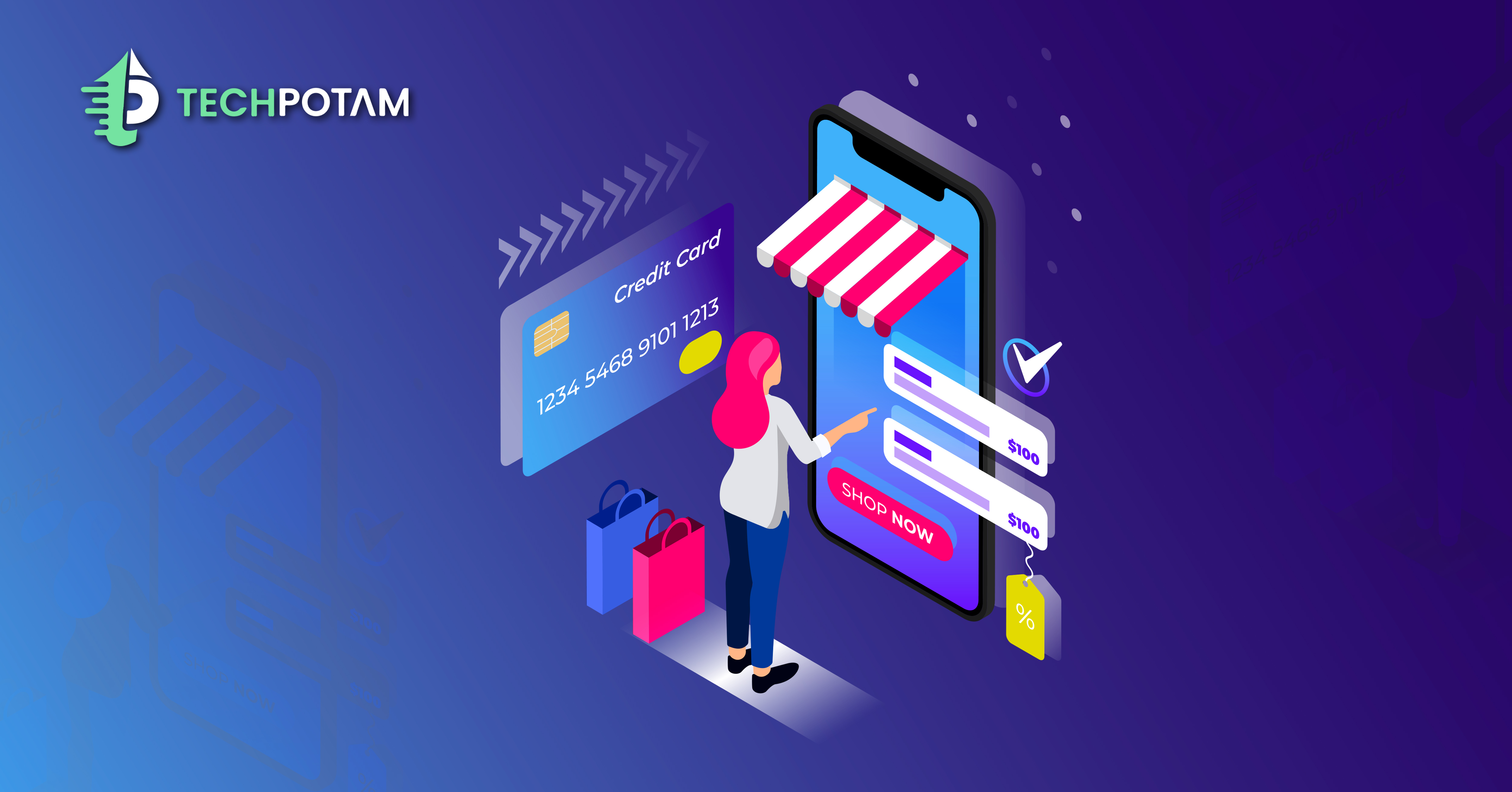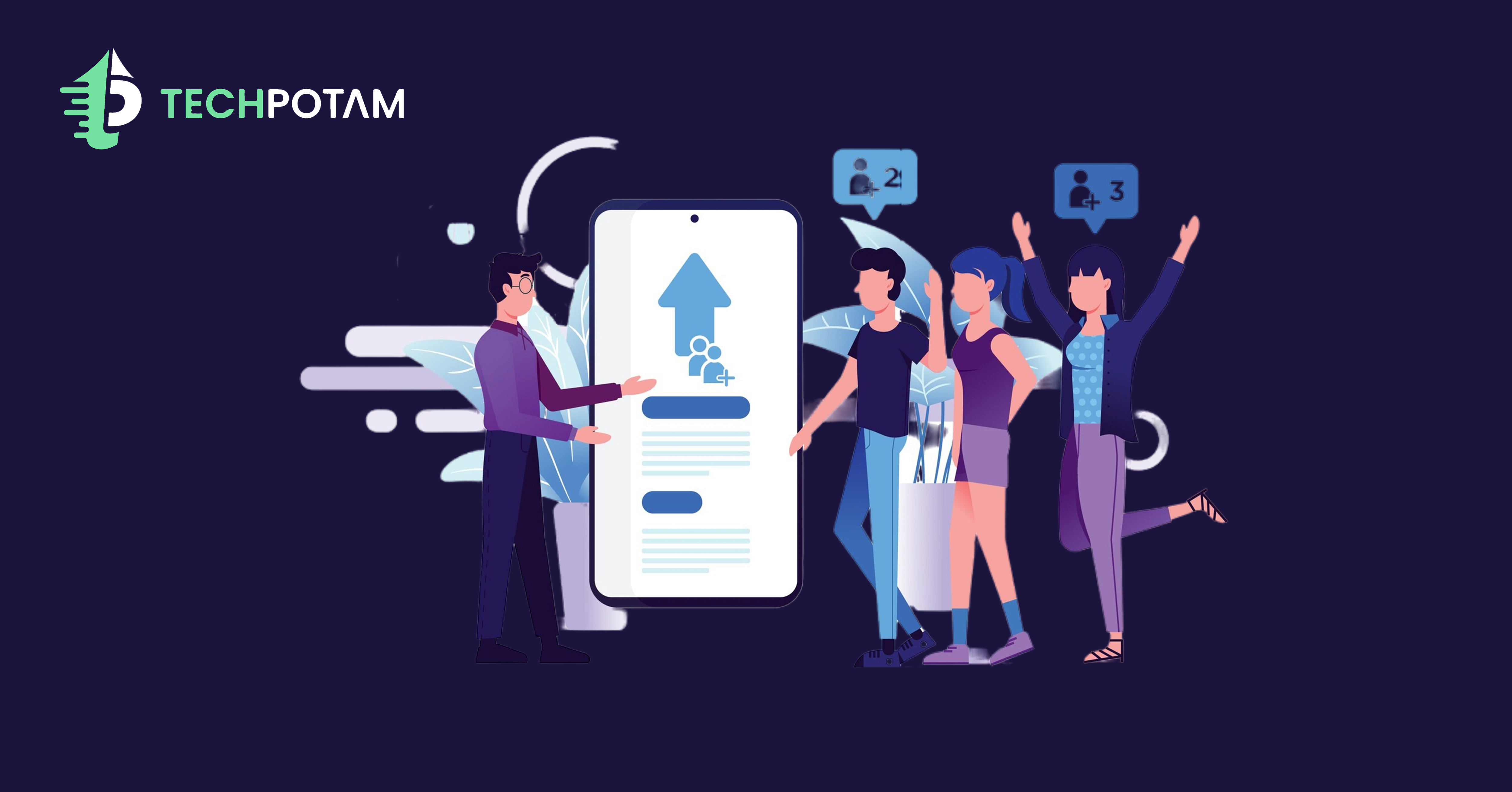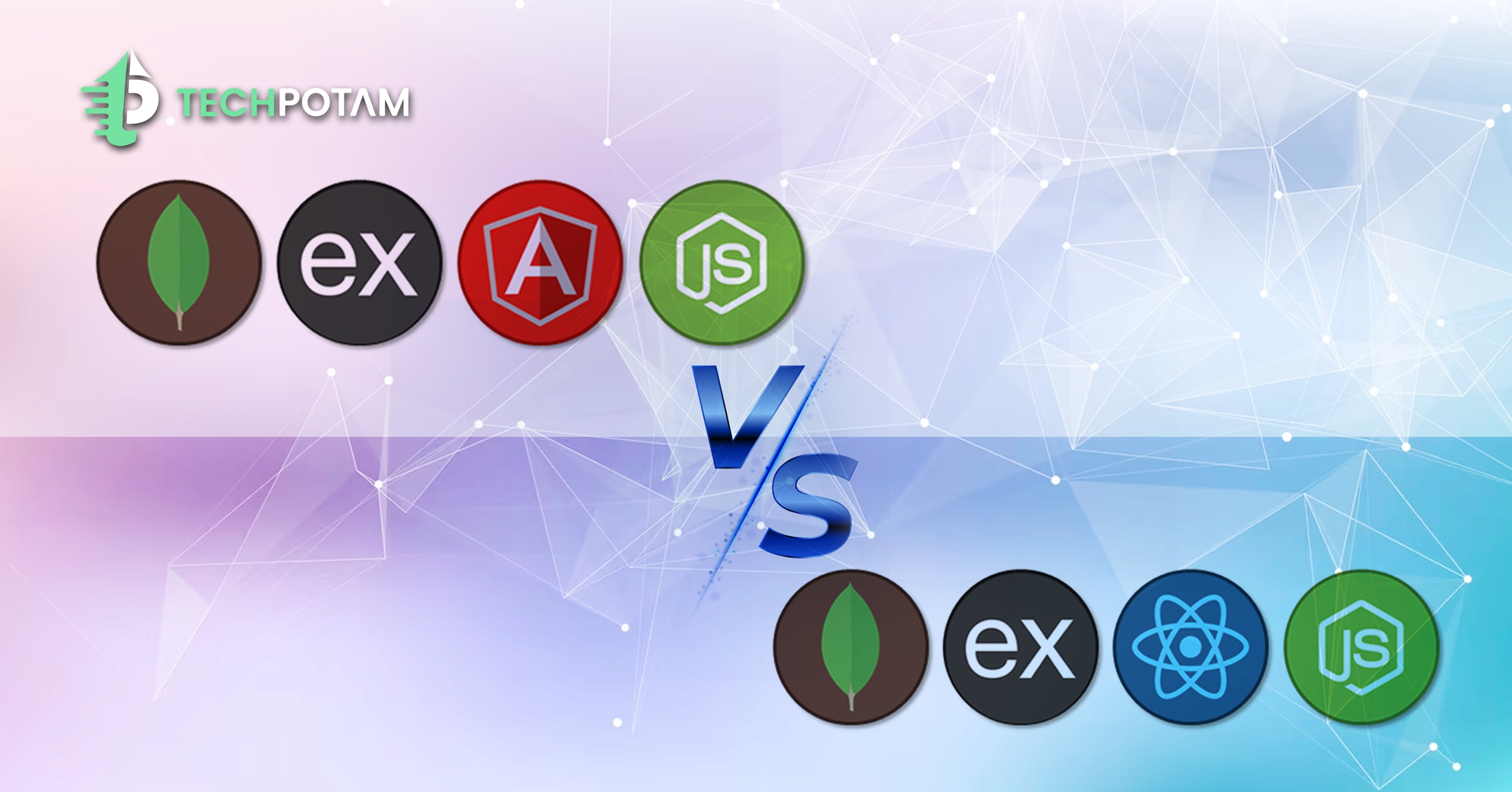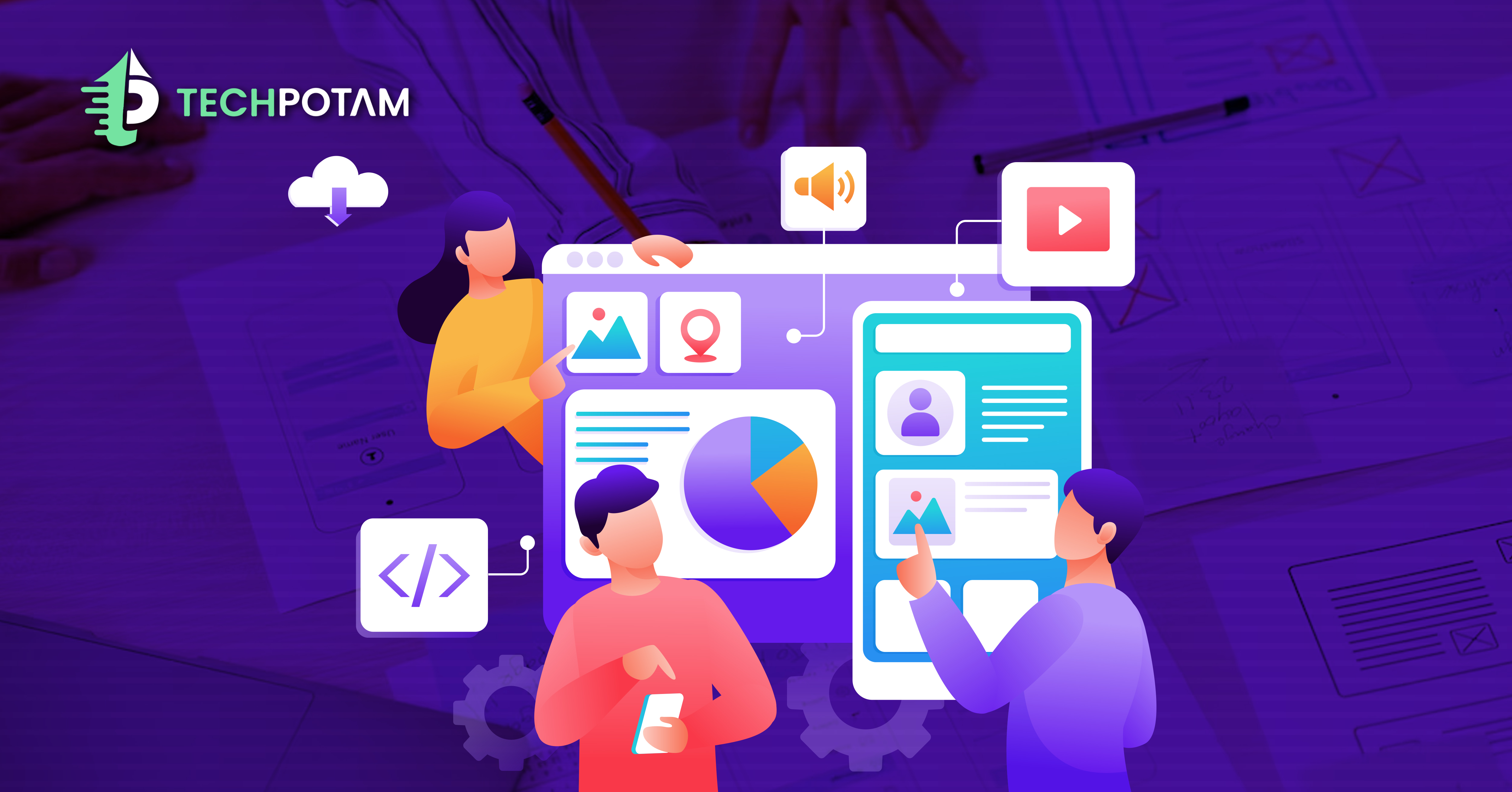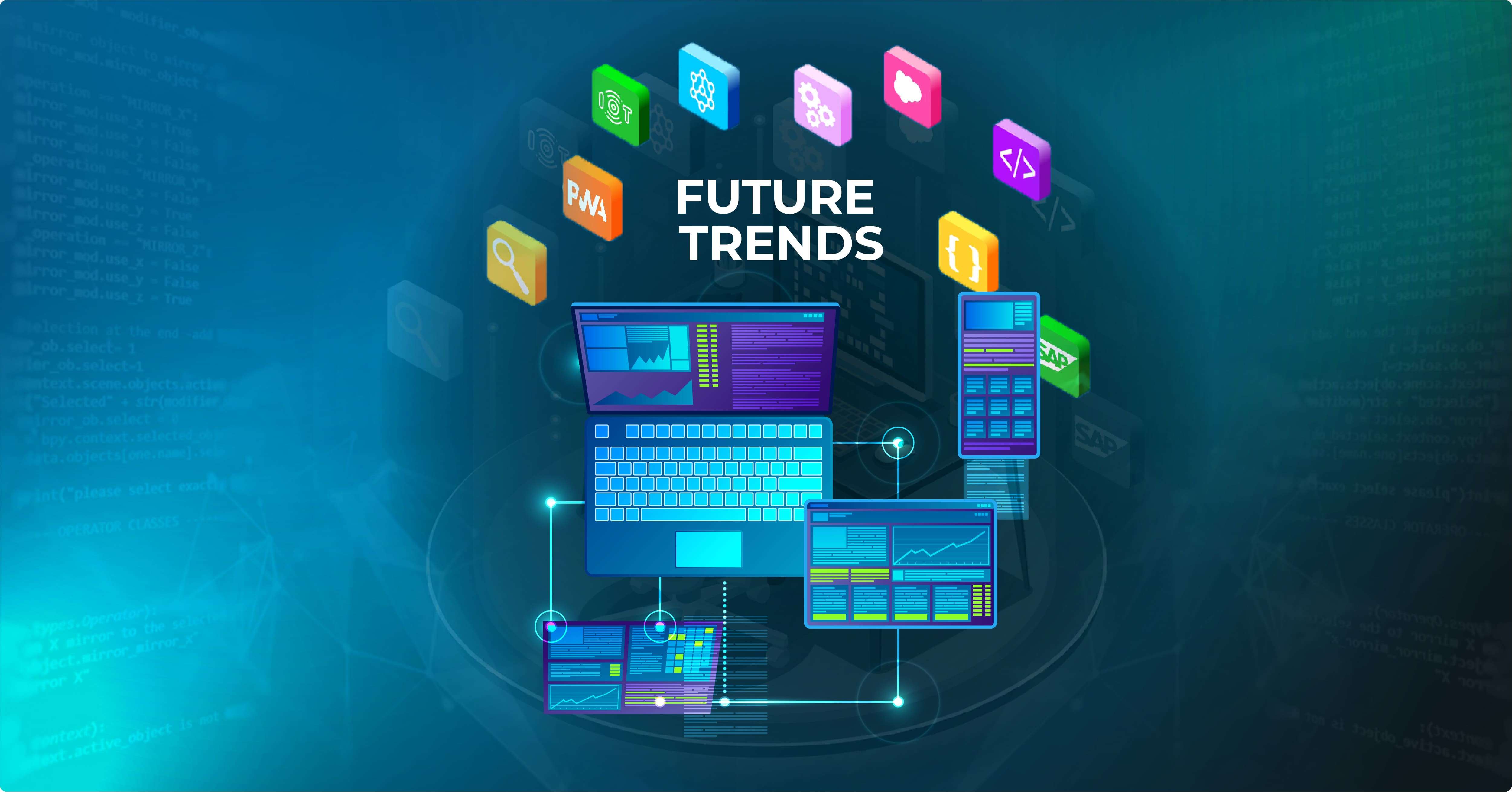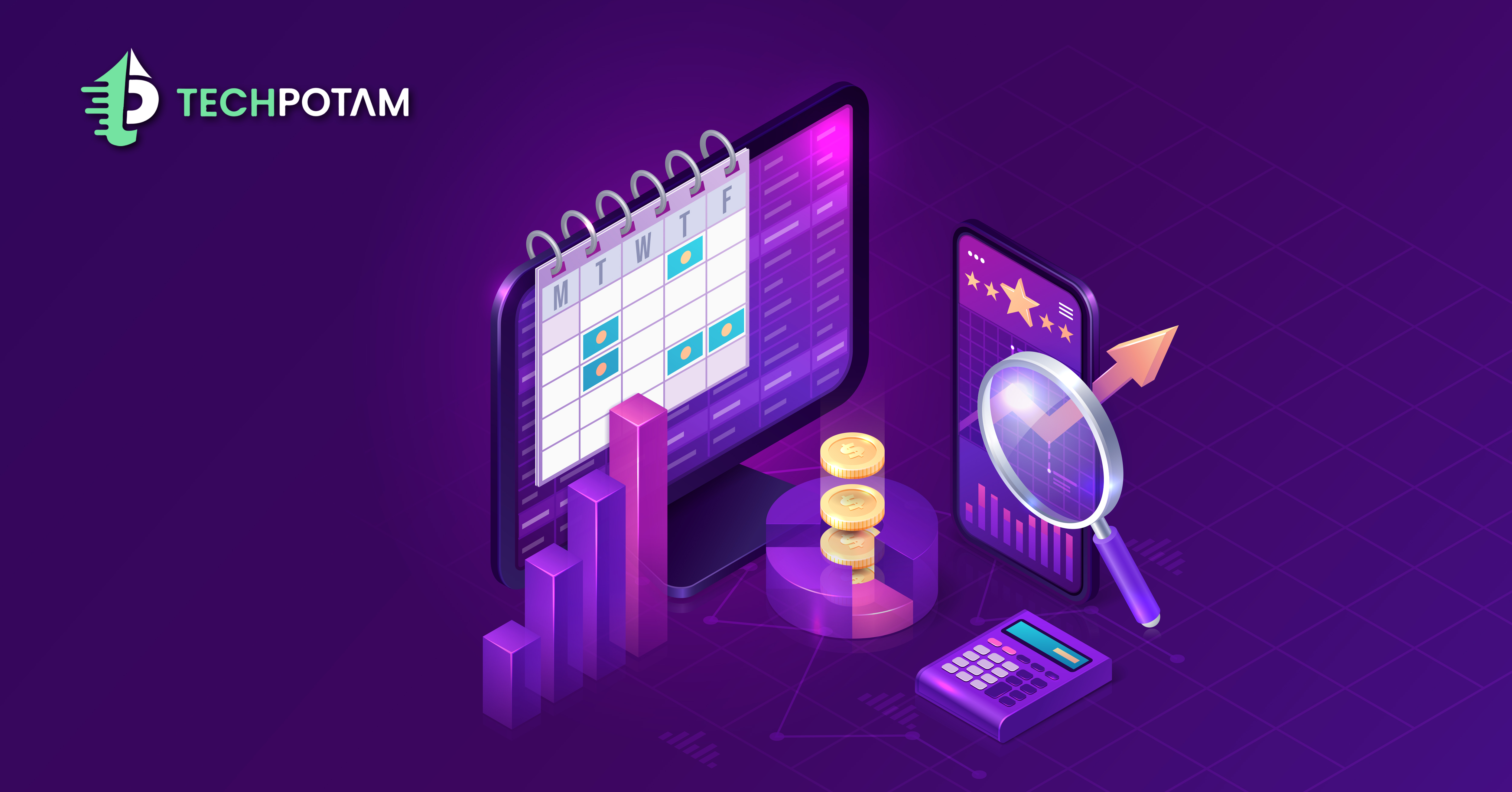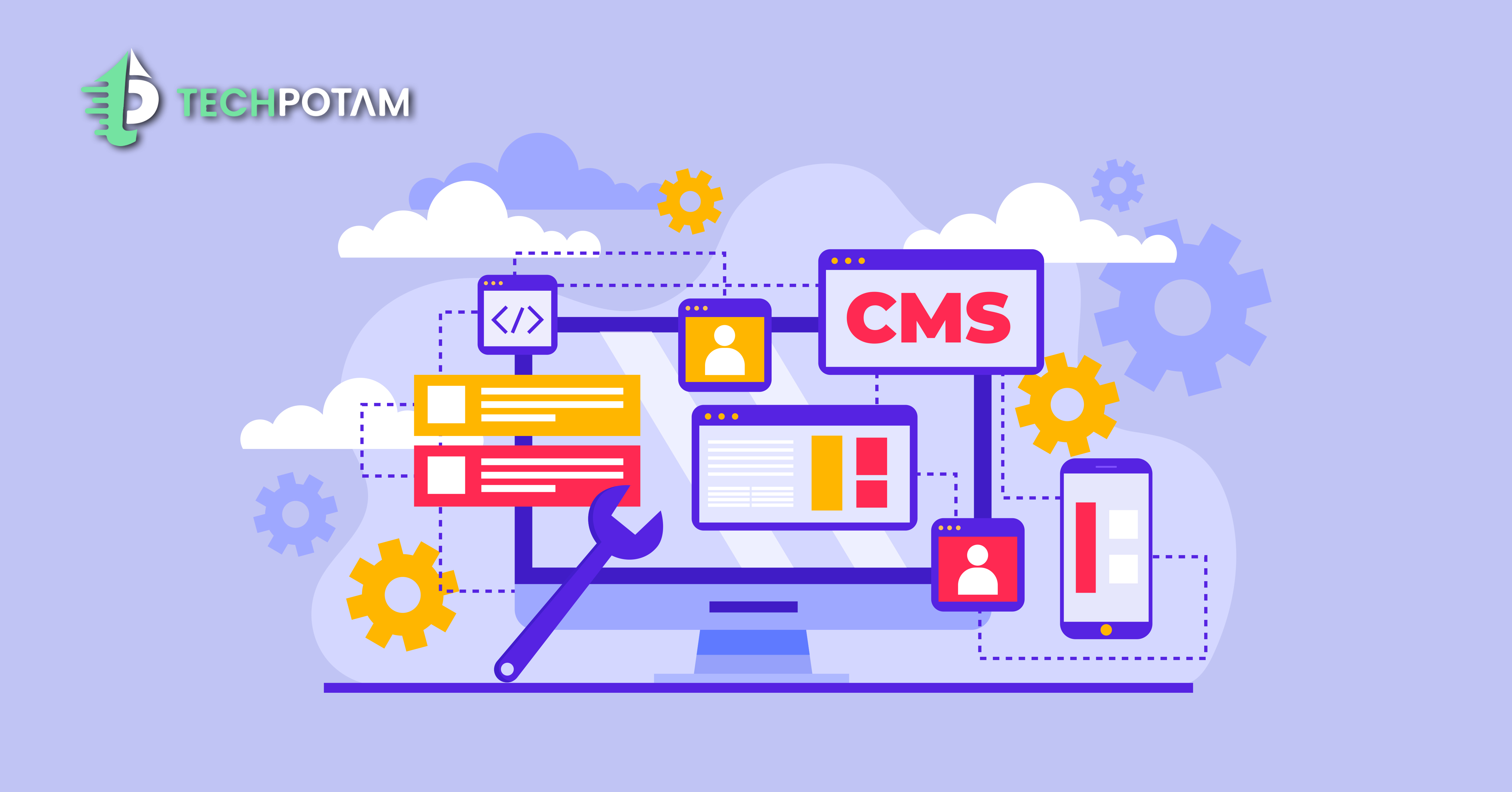App Development is now essential for companies looking to increase their audience reach and engagement in the digital age. India is a well-known center for app development because of its enormous reservoir of tech expertise and inventive energy. This article explores the different aspects that affect the app development procedure in India in 2024, giving a thorough rundown without concentrating on particular expenses.
Recognizing the App Development Scope
The complexity and scope of the app will determine how much it will Cost to create an app. The entire development process depends heavily on elements like the app’s platform (iOS, Android, or cross-platform), functionality, design complexity, and maintenance schedule. The trend toward more dynamic and interconnected apps is expected to continue in 2024, necessitating complex design skills and extensive programming knowledge.
Key Factors Influencing App Development
Platform Selection: The development strategy may significantly impacted by deciding between native and cross-platform development. Native apps made exclusively for one platform (iOS or Android), which might increase resource requirements and performance but also increase complexity. On the other hand, cross-platform apps provide a more affordable way to target many platforms using the same code base.
Design and UX: The appealing user interface (UI) and smooth user experience (UX) of an application are critical to its success. Apps with easy-to-use navigation and eye-catching designs will be in high demand by 2024, which may lead to a need for more experienced UX designers and the need for creative design solutions.
Feature Set: The complexity of features, such as real-time data synchronization, third-party service integration, and advanced security measures, influences the development process. Apps that need backend server support or complex databases to handle massive amounts of data necessitate more sophisticated and time-consuming development processes.
Development Team: The membership of the development team is another important factor. The team’s experience, which includes developers, project managers, designers, and testers, might impact the project’s quality and timing.
Maintenance and updates: Post-launch support is critical to the longevity of an app. Regular updates, bug patches, and new features keep the program relevant and running smoothly, requiring constant investment.
Technological Development’s Impact on App Development
The app development industry has always been shaped by technological improvements, especially when companies and developers strive to fulfill changing customer expectations and take on challenging tasks. By 2024, developing complex, user-focused app experiences will require incorporating cutting-edge technology like cloud computing, machine learning, and artificial intelligence (AI) into mobile applications. This integration is already becoming more common.
Learning Machines and Artificial Intelligence
AI and ML are at the forefront of revolutionizing app functionality, allowing for more tailored and smarter solutions. AI-powered apps can provide personalized information, predicted behaviors, and automatic answers, which improves user engagement and pleasure. For example, AI-powered chatbots may manage customer service interactions effortlessly, providing users with speedy and personalized solutions. Meanwhile, ML algorithms can analyze cost to create an app user data and provide personalized recommendations and insights, dramatically enhancing user involvement and retention.
AI’s function includes picture and speech recognition capabilities, which have proven essential in apps ranging from security improvements to new marketing tools. These qualities enable apps to be more engaging and accessible, meeting a broader range of requirements and preferences.
Cloud computing
Cloud computing has transformed application development by providing scalable and adaptable infrastructure options. It enables programs to store large volumes of data off-device, resulting in speedier processing and less burden on the user’s device. This is especially useful for apps that require real-time data syncing across numerous users, such collaboration tools or games.
Cloud technologies also allow developers to deploy and update apps more efficiently, thanks to continuous integration and delivery pipelines that keep the app up to date while without disturbing the user experience. Furthermore, cloud environments can improve app security by implementing advanced cybersecurity safeguards and compliance processes, which are essential for apps that handle sensitive user data.
Integration of Advanced Technologies.
Another notable innovation is the integration of the Internet of Things (IoT) with smartphone apps. IoT enables apps to interact with connected devices, giving consumers a consistent experience across multiple platforms and devices. This can observed in smart home apps that manage lighting and temperature, fitness apps that track physical activity using wearables, and healthcare apps that remotely check patients’ vital signs.
In addition, Augmented Reality (AR) and Virtual Reality (VR) technologies have begun to have a greater impact on mobile app development by providing immersive user experiences. These technologies utilized in a variety of applications, including gaming, entertainment, and instructional apps, to provide interactive and engaging ways to attract and keep consumers.
Conclusion
While the Cost to create an app development in India varies, understanding the elements that influence the development process can help organizations plan more efficiently. The goal should always be to create a valuable, user-centered product that stands out in a competitive market. With the appropriate plan and team, launching an app may be a game-changing investment for any company trying to innovate in 2024.

